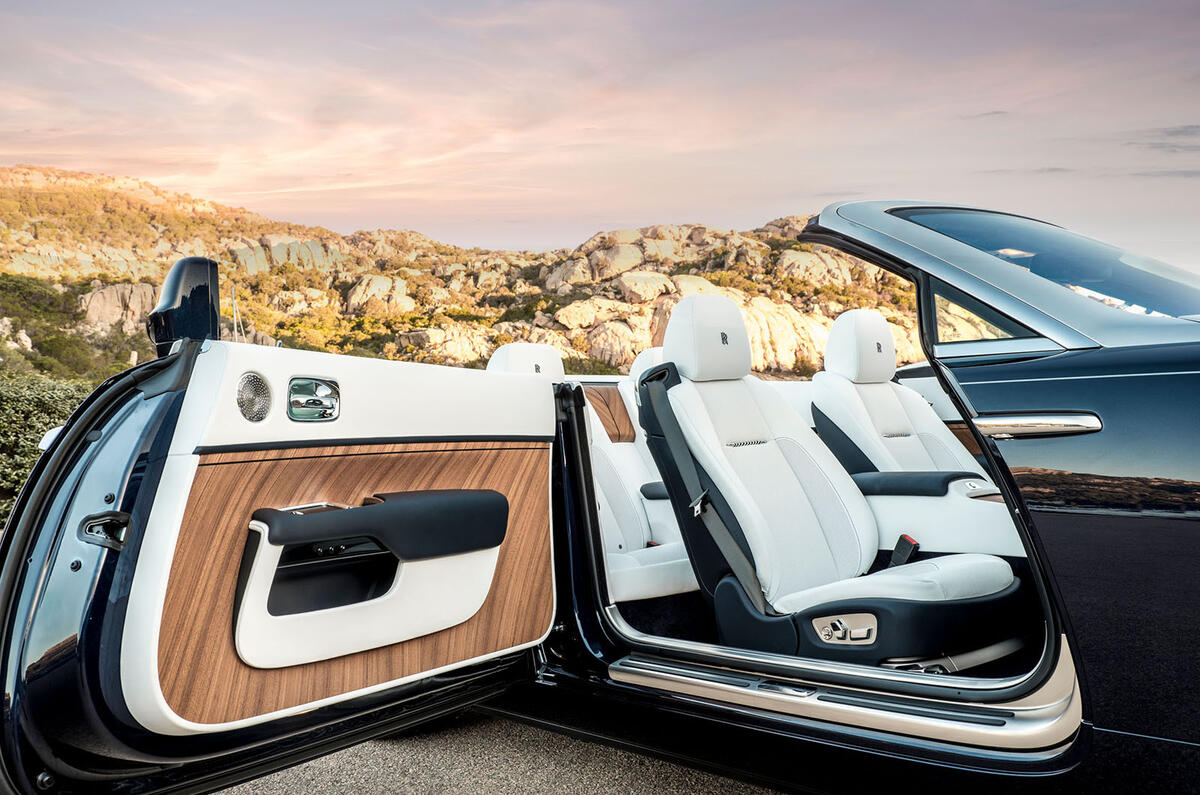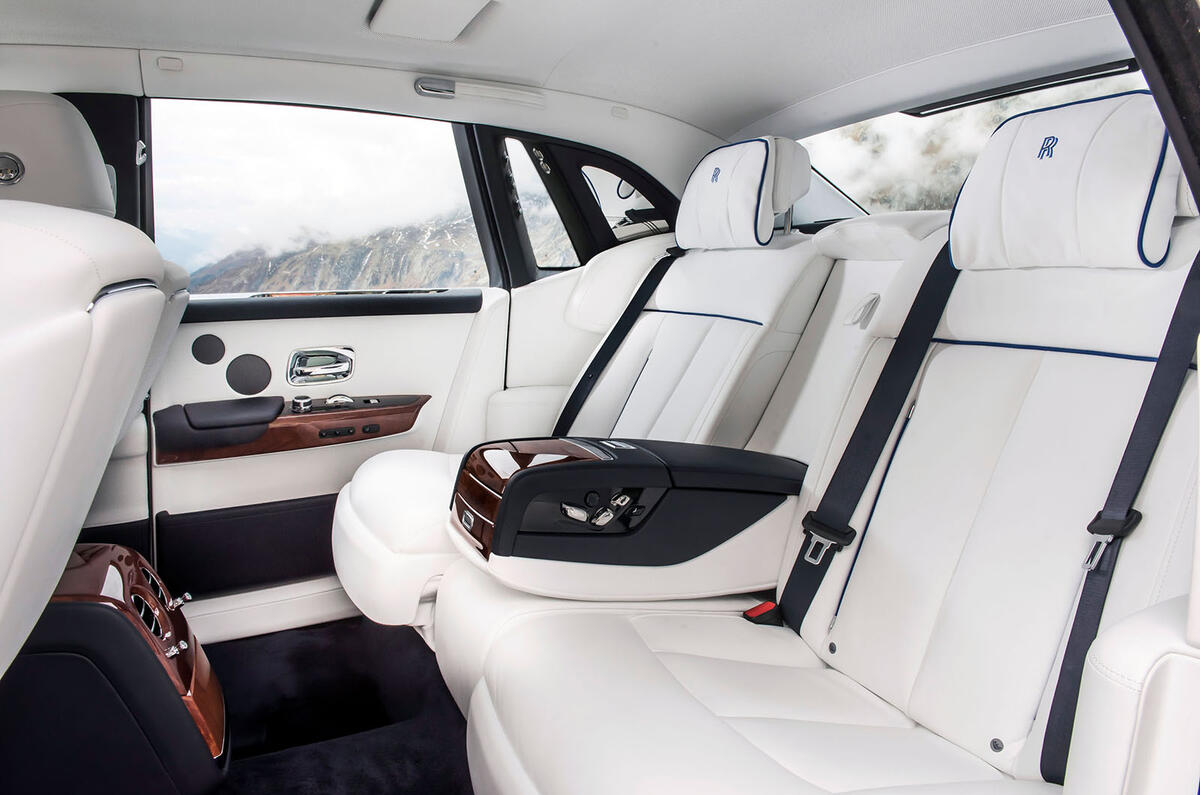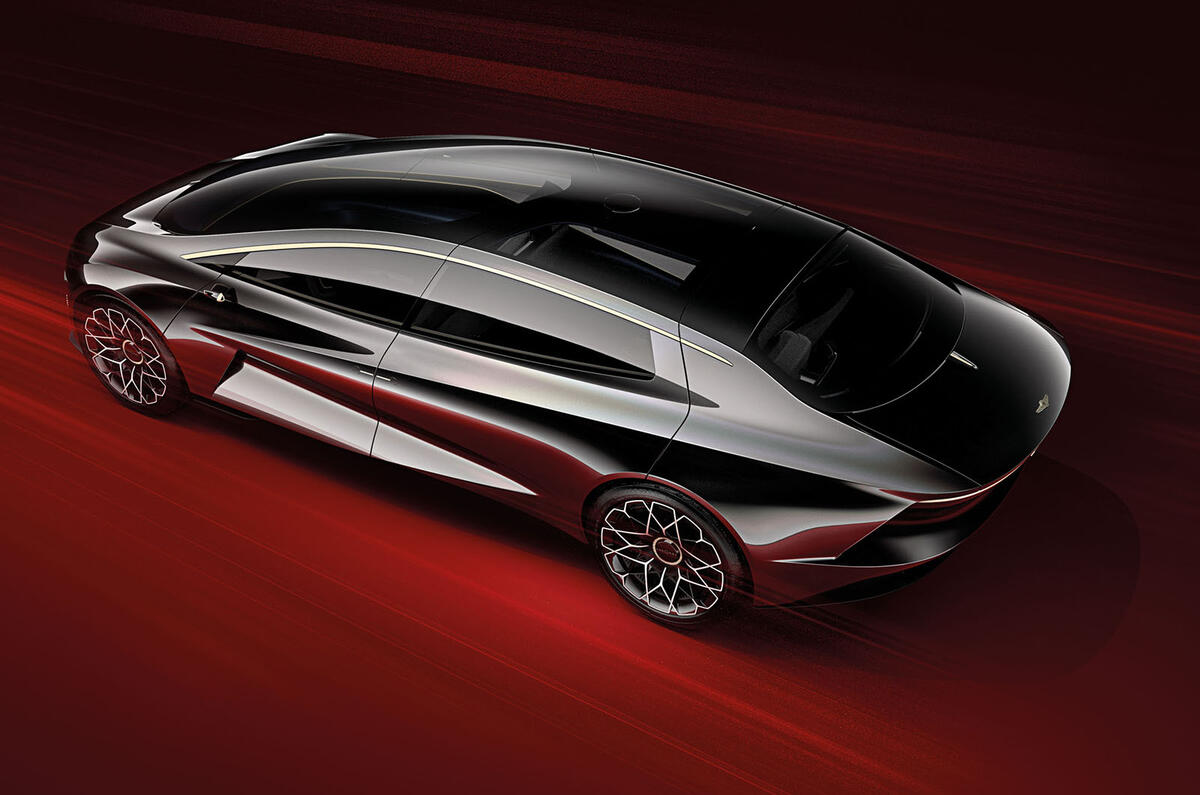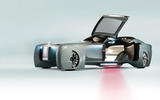The recent spat at the Geneva motor show between Aston Martin and Rolls-Royce was a most un-English outburst.
Aston’s unexpected reveal of the electric Lagonda super-luxury concept was accompanied by a direct denunciation of Rolls-Royce’s future as the ‘pinnacle of luxury’ by the brand’s chief creative officer, Marek Reichman.
Reichman described Rolls-Royce as “the most luxurious car in the world” but then qualified that by suggesting its time was running out. “Given its roots, its reason for being, it’s essentially still an internal combustion engine to replace a horse, a carriage and a trunk. It’s an imperfect package for luxury,” he said.

“Rolls-Royce and Bentley are Ancient Greece today. I worked on the original Phantom. The brief was ‘Buckingham Palace on wheels’. It was important to do that to establish it. But the world has changed, and the royals have changed.”
Reichman also predicted that “the [automotive] world will be more extreme, and customers expect it. You can’t see Apple or Google executives in a Rolls-Royce Phantom. You can see them in this [a Lagonda].”
It’s exceptionally rare for one car maker to so directly attack another, especially in a way that suggests Rolls-Royce – as currently configured – does not have bright future ahead of it. Reichman’s punchiness might have hit even harder at Rolls-Royce because he was on the original Phantom design team, which was billeted in a disused bank overlooking Hyde Park Corner.










































Join the debate
Add your comment
Leather and livestock.
I wonder if these trend
I wonder if these trend-spotters spend too much time doing research amongst the highly educated with internet-derived wealth or others in industries that encourage socially responsible attitudes? It seems to me that there will always be plenty of very wealthy but vulgar people who don’t live in areas like Silicon Valley, who don’t give a rat’s arse about sea levels and who just want to flash it. Even the former will continue to lead lives that consume very large amounts of energy eg living in mansions, keeping other houses available for occupation a few weeks a year, flying private etc. It’s changing the way the 99% live that will make a difference. But, I like the way Lagonda seems to be heading, although "It has a massive heritage of going toe to toe with Rolls-Royce and Bentley" is bollocks.
It would look good in
It would look good in Metroplis but in the real world the driver would scratch and bend the wheel fairing each time he pulled up to the kerb.